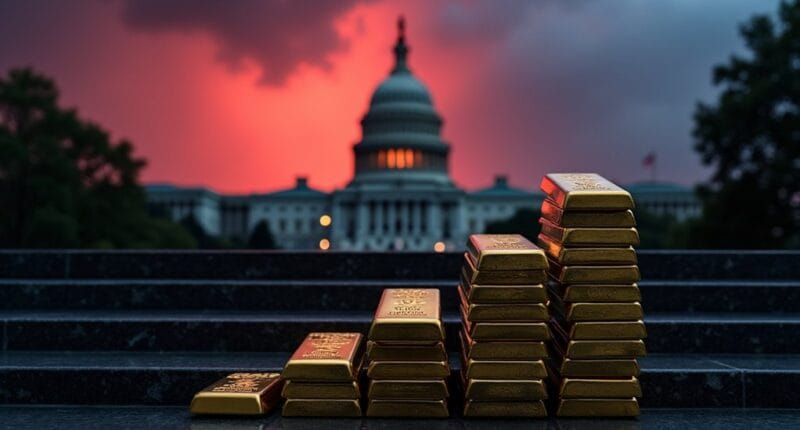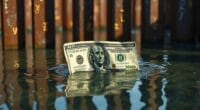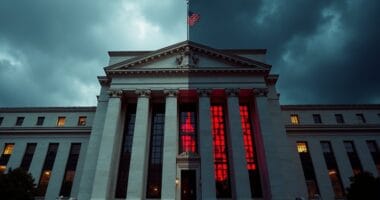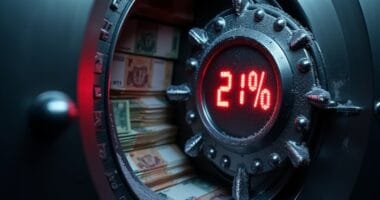Reckless U.S. spending and debt ceiling drama have forced investors to demand sky-high yields on Treasury securities. The government’s $36 trillion debt binge, coupled with political showdowns, led to three credit rating downgrades and Treasury yields hitting 5.84% – the highest since 2000. Now taxpayers foot a massive bill through higher borrowing costs on everything from mortgages to car loans. The real cost of Washington’s financial circus goes deeper than most realize.
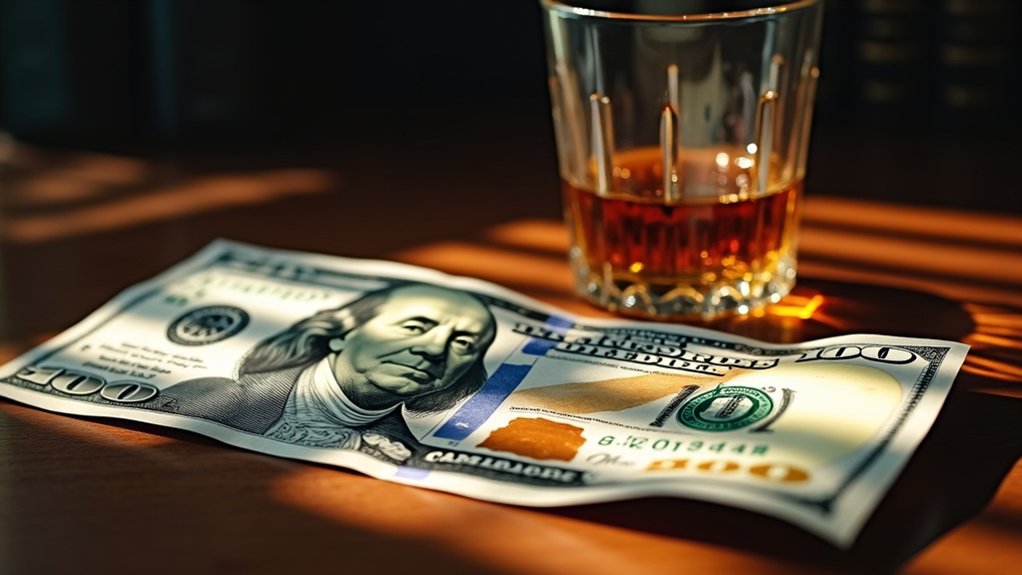
Every American is now paying a steep price for Washington’s debt addiction. With the national debt exploding past $36 trillion – a mind-numbing 122% of GDP – the government now spends more money paying interest on its debt than on national defense. Let that sink in for a moment.
The recent debt ceiling drama hasn’t helped matters. When the U.S. hit its borrowing limit in January 2025, Treasury officials had to pull their usual accounting tricks, scraping together about $700 billion in “extraordinary measures.” Fancy government-speak for moving money around like a desperate gambler at the casino. The Treasury maintains a cash balance of $560 billion to help manage these extraordinary measures. The nonpartisan CRS continues to provide critical analysis of these debt limit challenges to Congress.
The market’s response? Pure punishment. During the 2023 debt limit standoff, Treasury had to sell $50 billion in four-week securities at a painful 5.84% yield – the highest since 2000. Because nothing says “responsible borrower” quite like political brinkmanship and last-minute deals. As market capitalization influences Wall Street’s behavior, investors remained cautious throughout the crisis.
Markets punished U.S. recklessness, forcing Treasury to pay sky-high 5.84% yields during debt showdown – the price of political games.
Credit rating agencies weren’t amused either. Standard & Poor’s kicked things off by downgrading U.S. debt after the 2011 fiasco. Fitch followed suit in 2023, and Moody’s piled on by lowering their outlook. Three strikes, and America’s pristine credit rating was out.
The real kicker? Regular Americans are footing the bill. Higher government borrowing costs ripple through the economy, making everything from mortgages to car loans more expensive. Real wages have tanked while debt has soared. Consumer confidence? In the gutter.
The numbers tell a sobering story. Since 2001, federal debt has ballooned from $5.8 trillion to over $36 trillion. The Biden administration alone added $8.5 trillion – a new record. The 2021 American Rescue Plan’s $1.9 trillion spending spree helped spark the worst inflation in 40 years.
Without fixing the disconnect between spending and revenue, America faces two ugly choices: years of economic stagnation or a full-blown debt crisis. If creditors lose faith, the dollar’s status as the world’s reserve currency could vanish. Talk about a high-stakes game of chicken.
